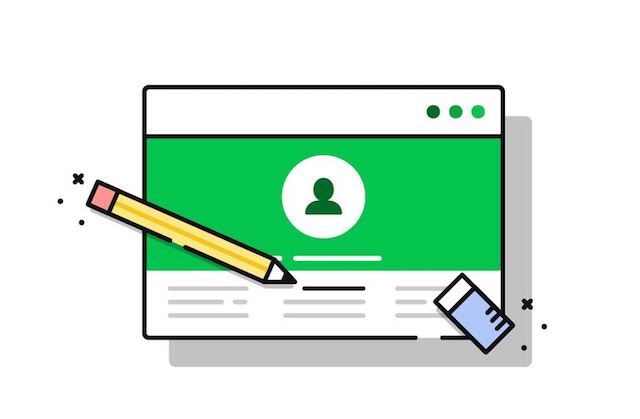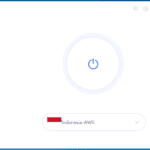
Website owners often put huge amounts of effort into attracting more visitors. Tools ranging from search engine optimization (SEO) to pay-per-click advertising frequently produce more traffic, but hoped-for boosts to sales often fail to materialize.
Simple, obvious problems with websites can cause visitors to turn around not long after arriving. Putting even more effort into raising traffic levels will be almost pointless in such cases since only a tiny fraction of the new arrivals will end up becoming customers or leads.
Fortunately, most such issues can be resolved fairly easily, at least once they have been identified. Being familiar with the following five common causes of an excessive bounce rate can easily pay off.
1. An Ugly, Outdated Look
You only get to make a first impression once, and many websites do a very poor job of it. A website that looks like it was cobbled together by an amateur or that seems like a time capsule from the 1990s will not normally serve a business well.
Visitors who find themselves confronting such monstrosities tend to turn on their virtual heels and flee. In the space of a second or less, time and money put into a search engine, display ad, and social media marketing can come to naught.
It should almost always be easy to recognize when a website’s look is doing it no favors. With affordable website design services now being so widely available, there should never be a reason to tolerate such problems. In addition to the direct effects on business levels, a more professional- and appealing-looking website will help burnish its owner’s brand.
2. Slow Loading
SEO experts know that websites that load slowly tend to feature less prominently on traffic-generating results pages. Google and other search providers downplay slow-loading sites because users hate to wait.
If your website takes too long to load, hard-earned visits will become far less likely to convert into the sales you covet. Upgrading to a faster hosting platform or tightening up the code behind a website can cut typical loading times significantly.
Even something as simple as compressing large images can help an entire site load faster. Speed things up, and your site will benefit with regard to both SEO and the ability to keep visitors clicking.
3. Unresponsive Design
When it comes to internet access, the average person now relies more on mobile devices than conventional computers. An approach known as “responsive design” allows websites to reconfigure themselves to suit the displays and other particulars of devices used to access them.
Sites that lack responsive design tend to be frustrating for smartphone users to browse. As with loading speed, switching to responsive design will often produce SEO-related benefits, in addition to the improved conversion rates that come from longer session times.
4. Difficult Navigation
While visitors sometimes land on pages that answer their questions, a bit of navigation will often be in order. Unfortunately, many sites make it overly difficult to figure out where to go next. Simplifying and improving a website’s navigation features will often make it less likely that visitors will leave in frustration.
5. Low-Quality Content
No matter how great a website looks and how advanced the underlying technology is, its content is what ultimately matters the most. Internet users have learned to identify and scorn thin, fluffy content that does little for them but waste time. Beef up a website’s content and visitors will almost always spend more time using it.
These five issues undermine many websites that receive healthy amounts of traffic. If your own website seems to drive visitors away instead of converting them into customers, some combination of these five common problems will often be to blame.








